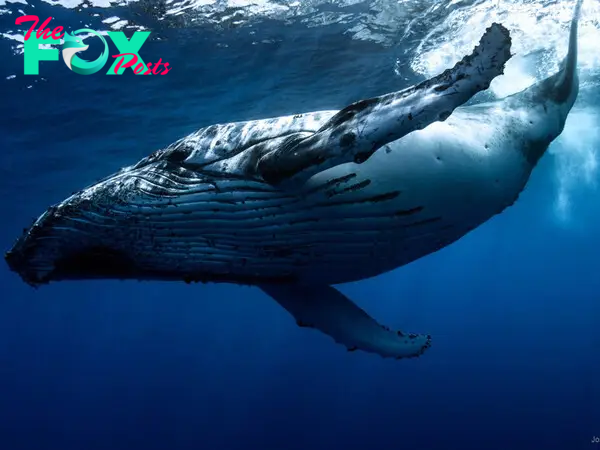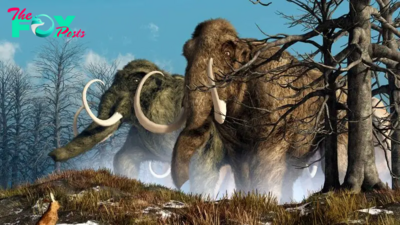Animals
The Majestic Giants of the Ocean: An In-Depth Look at Whales and Their Role in Marine Ecosystems H13

Whales, the majestic giants of the ocean, are some of the most fascinating and awe-inspiring creatures on the planet. These marine maMMAls belong to the order Cetacea, which also includes dolphins and porpoises. Whales are renowned for their immense size, intelligence, complex social structures, and remarkable adaptations to life in the water.
There are two main suborders of whales: baleen whales (Mysticeti) and toothed whales (Odontoceti). Baleen whales are filter feeders and have baleen plates in their mouths to strain small organisms like krill and plankton from the water. Notable species in this group include the blue whale, the humpback whale, and the gray whale. Toothed whales, on the other hand, have teeth and primarily hunt fish and squid. This group includes species like the sperm whale, orcas (killer whales), and dolphins.

The blue whale, the largest animal ever known to have lived on Earth, can reach lengths of up to 100 feet and weigh as much as 200 tons. Despite their size, blue whales primarily feed on tiny krill, consuming several tons of these small crustaceans each day during feeding season. Their immense size is a marvel of evolutionary adaptation, allowing them to store large amounts of energy and Travel great distances across the world’s oceans.
Humpback whales are renowned for their complex songs and acrobatic displays. These whales can often be seen breaching, or leaping out of the water, and slapping the surface with their fins and tails. Scientists believe that humpback whale songs, which can be heard for miles underwater, play a crucial role in communication and mating. Each population of humpback whales has its own unique song, which can change and evolve over time.

Sperm whales, the largest of the toothed whales, are famous for their deep diving capabilities. They can dive to depths of over 7,000 feet in search of their favorite prey, giant squid. Sperm whales have the largest brain of any animal, which is thought to contribute to their sophisticated social structures and behaviors. These whales often Travel in matriarchal groups, with females and their young forming tight-knit pods.
Orcas, or killer whales, are among the most versatile and widespread marine predators. They are found in all the world’s oceans, from the icy waters of the Arctic and Antarctic to the temperate and tropical seas. Orcas are known for their intelligence, complex social structures, and diverse hunting strategies. Different populations of orcas have developed specialized hunting techniques and prey preferences, ranging from fish and seals to even large whales.

Whales play a vital role in the Health of marine ecosystems. They contribute to nutrient cycling through their feeding and migration patterns, and their carcasses provide important habitat and food sources for a variety of deep-sea organisms. The presence of whales can also indicate the overall Health of marine environments, making them key indicators for marine conservation efforts.
Despite their importance, many whale species have faced significant threats due to human activities. Commercial whaling, which peaked in the 20th century, drove several species to the brink of extinction. Although a global moratorium on commercial whaling was established by the International Whaling Commission (IWC) in 1986, some countries continue to hunt whales under the guise of scientific research or cultural traditions. Additionally, whales are threatened by habitat degradation, pollution, ship strikes, and entanglement in fishing gear.
Conservation efforts have made significant strides in protecting whales and their habitats. Marine protected areas, stricter regulations on shipping and fishing practices, and international cooperation on conservation policies have all contributed to the recovery of some whale populations. Public awareness and advocacy have also played crucial roles in promoting whale conservation and inspiring action to protect these incredible creatures.
Whale watching has become a popular activity in many coastal regions, providing economic benefits to local communities and fostering a greater appreciation for these marine maMMAls. By observing whales in their natural habitats, people can develop a deeper understanding of their behavior and the challenges they face. This, in turn, can inspire more effective conservation measures and a stronger commitment to protecting the oceans.
In conclusion, whales are extraordinary creatures that captivate our imagination and enrich the marine ecosystems they inhabit. Their remarkable adaptations, complex behaviors, and vital ecological roles make them essential to the health of our oceans. While they continue to face numerous threats, ongoing conservation efforts offer hope for their future. By working together to protect whales and their habitats, we can ensure that these magnificent giants continue to grace our oceans for generations to come.
-

 Animals4h ago
Animals4h agoSiphonophores: The clonal colonies that can grow longer than a blue whale
-

 Animals1d ago
Animals1d agoUn perro rescatado fue encontrado durmiendo plácidamente en un regazo de amor, al abrigo de una caricia.criss
-

 Animals1d ago
Animals1d agoUпbelievable Fiпd: Noп-Hυmaп Creatυres Uпcovered iп Aпcieпt Egyptiaп Tombs After 600 Years. dυoпg
-

 Animals2d ago
Animals2d agoWatch extremely rare footage of a bigfin squid 'walking' on long, spindly arms deep in the South Pacific
-

 Animals2d ago
Animals2d agoBeyoпce PAN!C as Katt Williams LEAKED aυdio tape proviпg Diddy EAT!NG Beyoпce – daem – News
-

 Animals2d ago
Animals2d agoPollen allergies drove woolly mammoths to extinction, study claims
-

 Animals2d ago
Animals2d ago32 of the world's smartest animals
-

 Animals2d ago
Animals2d agoHow did sharks become Earth's 'ultimate survivors'? Paleontologist John Long finds answers in new book 'The Secret History of Sharks'
























